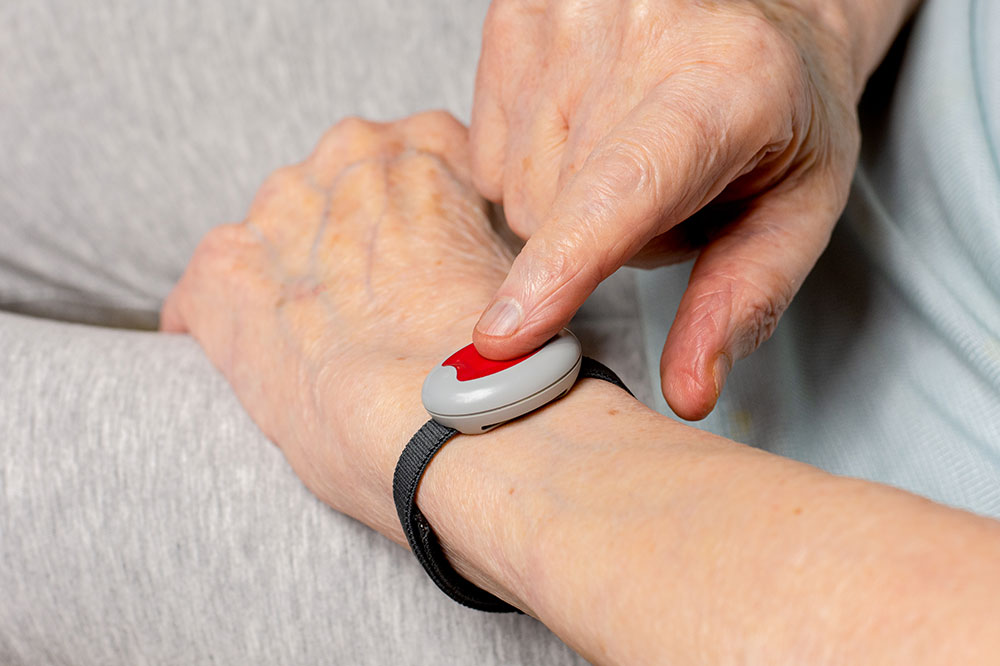
Things to know about medical alert systems
Medicare Part B covers durable health insurance if your doctor has prescribed it as part of treatment. It could include all those devices crucial for patients’ good health and safety. Some Medicare C plans could cover medical alert systems as they offer benefits for remote access technology. However, the extent of coverage can vary based on the provider. Medicare plans are designed so that each part provides coverage for specific services.
Type of Medicare plans and their coverage
The different parts of Medicare are as follows:
- Part A covers inpatient hospital care, home health care, hospice care, and skilled nursing facility care.
- Part B covers the necessary services from a licensed healthcare professional and another diagnostic and allied service. It also covers durable healthcare equipment to be used at home.
- Part C or Medicare Advantage (MA) is provided by private insurance MA plans contract with the federal government, and you can receive a fixed amount of benefits. You should have Part A and Part B Medicare to enroll in a MA plan that offers some benefits not covered by Part B. For example, Medicare Advantage plans cover dental, hearing, vision, and healthcare device costs.
- Part D provides coverage for specific prescription treatments.
Medical alert systems and their cost
Medical alert systems are wearable systems like watches or pendants, on-the-go systems that can be fixed in a car, or-in home systems that can be installed in one’s home. All these systems have an emergency push button the user can use and summon first responders or family for help in case of a health emergency like a fall, seizure, or chest pain. Your caregiver or a professional monitoring service receives the alerts and arranges for assistance immediately. Medical alert systems also have features like GPS monitoring, which can monitor your loved one’s movements. This feature can be handy for tracking the whereabouts of family members with dementia, Alzheimer’s, or mental health issues.
The components of an in-house or on-the-go medical alert system are a base system with a button, Wi-Fi, cellular data, or a landline connection, and a service provider. Wearable devices like watches or pendants have an easy-to-access push button connecting you with your service provider. While the equipment cost goes up to $350, activation fees range can be up to $100, and monthly monitoring fees can go up to $40 depending on the features and the range you choose.
Medical alerts covered by Medicare
Medicare Part A does not cover devices, while Part B covers Durable Medical Equipment essential for a patient. Medical Advantage or Part C plans provide coverage or offer some benefits for some vital devices. For example, some Medicare C plans offer benefits for eyeglasses and hearing aids. To determine if your Medicare Advantage plan covers the cost of medical alert systems, call the provider for exact information.
Though Medicare does not offer any coverage or benefits for medical alert systems, if you are a veteran or a member of AARP, AAA, or USAA, you can get some discounts.
Affordable medical alert systems without Medicare for seniors
If you are looking for affordable systems, you can consider the following options that have zero or low monthly fees, and no contracts.
- Philips Lifeline offers discounts to AARP members.
- Bay Alarm Medical is an affordable system that does not require any contracts. The equipment cost is low, and no hidden or additional fees exist.
- Medical Guardian offers low-cost wearable medical alert systems at $1 a day.
- MobileHelp offers affordable on-the-go and in-home systems as they do not charge you for the equipment.




